

| Company : Viva Cruises |
| Ship : VIVA RUBY |
| Journey Start : Sun 04 Oct 2026 |
| Journey End : Fri 16 Oct 2026 |
| Count Nights : 12 nights |
| Day | Date | Port | Arrival | Departure |
|---|---|---|---|---|
| 1 | 4.10 Sun | Brussels / Belgium | ||
| 2 | 5.10 Mon | Brussels / Belgium | 13:30 | |
| 3 | 6.10 Tue | Utrecht / Netherlands | 09:00 | 15:00 |
| 4 | 7.10 Wed | Franeker | 08:00 | 11:30 |
| 4 | 7.10 Wed | Groningen / Netherlands | 20:00 | |
| 5 | 8.10 Thu | File | 19:00 | |
| 5 | 8.10 Thu | Groningen / Netherlands | 12:00 | |
| 6 | 9.10 Fri | Papenburg / Germany | 13:30 | 17:00 |
| 6 | 9.10 Fri | File | 11:30 | |
| 7 | 10.10 Sat | Quemper-Guézennec | 09:00 | 09:30 |
| 7 | 10.10 Sat | Oldenburg / Germany | 13:00 | 13:30 |
| 7 | 10.10 Sat | Bremen / Germany | 20:00 | |
| 8 | 11.10 Sun | Nienburg / Germany | 22:00 | |
| 8 | 11.10 Sun | Bremen / Germany | 13:30 | |
| 9 | 12.10 Mon | Minden / Germany | 13:00 | 19:00 |
| 9 | 12.10 Mon | Nienburg / Germany | 04:30 | |
| 10 | 13.10 Tue | Hanover / Germany | 03:00 | 09:00 |
| 10 | 13.10 Tue | Wendeburg | 13:00 | 13:30 |
| 10 | 13.10 Tue | Calvörde / Germany | 21:30 | |
| 11 | 14.10 Wed | Brandenburg / Germany | 18:00 | |
| 11 | 14.10 Wed | Calvörde / Germany | 04:00 | |
| 12 | 15.10 Thu | Potsdam / Germany | 09:30 | 12:00 |
| 12 | 15.10 Thu | Berlin / Germany | 14:00 | |
| 12 | 15.10 Thu | Brandenburg / Germany | 05:00 | |
| 13 | 16.10 Fri | Berlin / Germany |
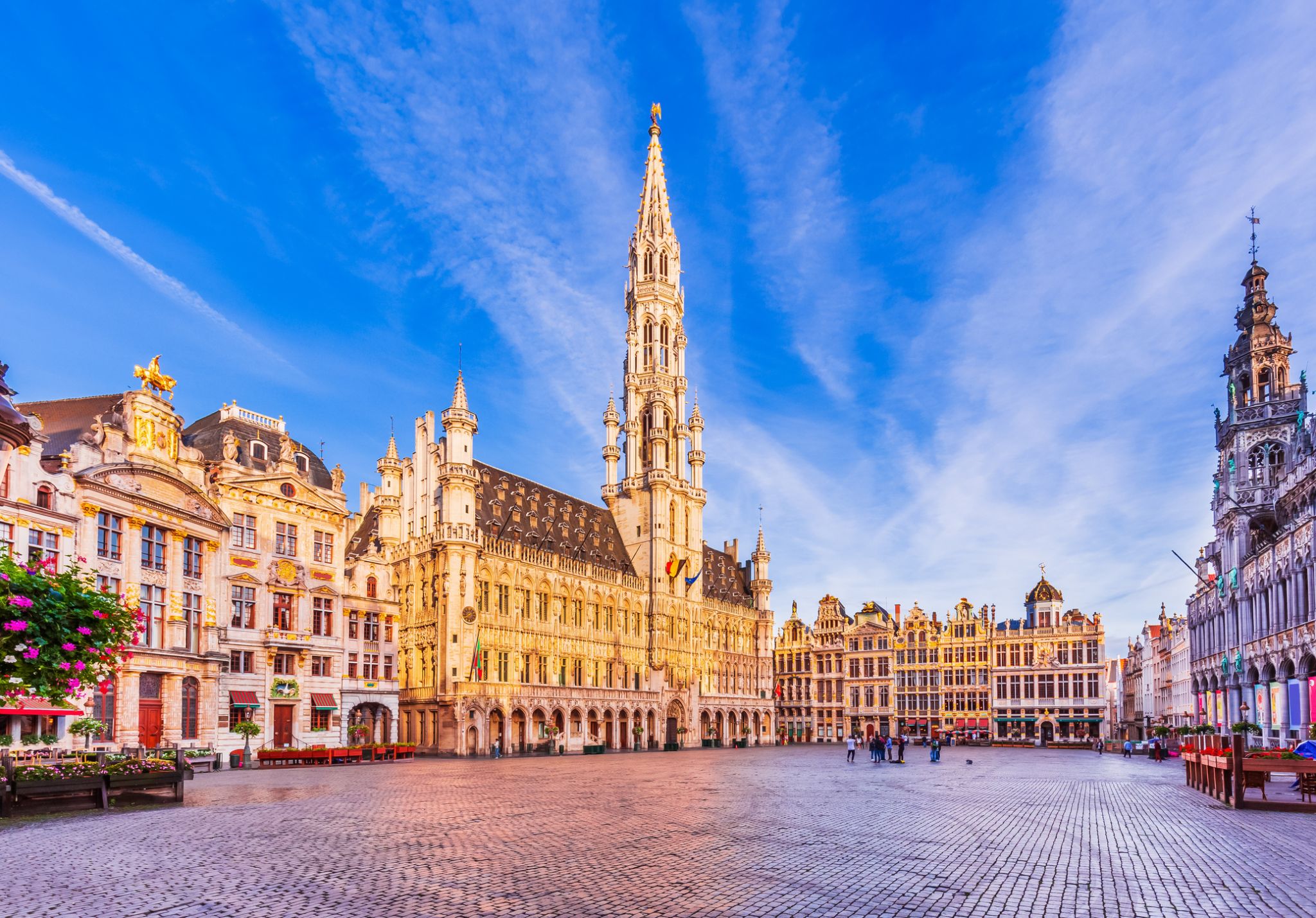
Brussels , officially the Brussels-Capital Region is a region of Belgiumcomprising 19 municipalities, including the City of Brussels, which is the capital of Belgium. The Brussels-Capital Region is located in the central portion of the country and is a part of both the French Community of Belgium and the Flemish Community, but is separate from the Flemish Region (in which it forms an enclave) and the Walloon Region. Brussels is the most densely populated and the richest region in Belgium in terms of GDP per capita. It covers 161 km2 (62 sq mi), a relatively small area compared to the two other regions, and has a population of 1.2 million. The metropolitan area of Brussels counts over 2.1 million people, which makes it the largest in Belgium. It is also part of a large conurbation extending towards Ghent, Antwerp, Leuven and Walloon Brabant, home to over 5 million people.
Brussels grew from a small rural settlement on the river Senne to become an important city-region in Europe. Since the end of the Second World War, it has been a major centre for international politics and the home of numerous international organisations, politicians, diplomats and civil servants. Brussels is the de facto capital of the European Union, as it hosts a number of principal EU institutions (the two other capitals are Luxembourg and Strasbourg) and its name is sometimes used metonymically to describe the EU and its institutions.The secretariat of the Benelux and headquarters of NATO are also located in Brussels. As the economic capital of Belgium and one of the top financial centres of Western Europe with Euronext Brussels, it is classified as an Alpha global city. Brussels is a hub for rail, road and air traffic, sometimes earning the moniker "Crossroads of Europe". The Brussels Metrois the only rapid transit system in Belgium. In addition, both its airport and railway stations are the largest and busiest in the country.
Historically Dutch-speaking, Brussels saw a language shift to French from the late 19th century. The Brussels-Capital Region is officially bilingual in French and Dutch, even though French is now the de facto main language with over 90% of the population speaking it. Brussels is also increasingly becoming multilingual. English is spoken as a second language by nearly a third of the population and a large number of migrants and expatriates speak other languages.
Brussels is known for its cuisine and gastronomy, as well as its historical and architectural landmarks; some of them are registered as UNESCO World Heritage sites. Main attractions include its historic Grand Place, Manneken Pis, Atomium, and cultural institutions such as La Monnaie and the Museums of Art and History. It is also a capital of the comic strip.

Brussels , officially the Brussels-Capital Region is a region of Belgiumcomprising 19 municipalities, including the City of Brussels, which is the capital of Belgium. The Brussels-Capital Region is located in the central portion of the country and is a part of both the French Community of Belgium and the Flemish Community, but is separate from the Flemish Region (in which it forms an enclave) and the Walloon Region. Brussels is the most densely populated and the richest region in Belgium in terms of GDP per capita. It covers 161 km2 (62 sq mi), a relatively small area compared to the two other regions, and has a population of 1.2 million. The metropolitan area of Brussels counts over 2.1 million people, which makes it the largest in Belgium. It is also part of a large conurbation extending towards Ghent, Antwerp, Leuven and Walloon Brabant, home to over 5 million people.
Brussels grew from a small rural settlement on the river Senne to become an important city-region in Europe. Since the end of the Second World War, it has been a major centre for international politics and the home of numerous international organisations, politicians, diplomats and civil servants. Brussels is the de facto capital of the European Union, as it hosts a number of principal EU institutions (the two other capitals are Luxembourg and Strasbourg) and its name is sometimes used metonymically to describe the EU and its institutions.The secretariat of the Benelux and headquarters of NATO are also located in Brussels. As the economic capital of Belgium and one of the top financial centres of Western Europe with Euronext Brussels, it is classified as an Alpha global city. Brussels is a hub for rail, road and air traffic, sometimes earning the moniker "Crossroads of Europe". The Brussels Metrois the only rapid transit system in Belgium. In addition, both its airport and railway stations are the largest and busiest in the country.
Historically Dutch-speaking, Brussels saw a language shift to French from the late 19th century. The Brussels-Capital Region is officially bilingual in French and Dutch, even though French is now the de facto main language with over 90% of the population speaking it. Brussels is also increasingly becoming multilingual. English is spoken as a second language by nearly a third of the population and a large number of migrants and expatriates speak other languages.
Brussels is known for its cuisine and gastronomy, as well as its historical and architectural landmarks; some of them are registered as UNESCO World Heritage sites. Main attractions include its historic Grand Place, Manneken Pis, Atomium, and cultural institutions such as La Monnaie and the Museums of Art and History. It is also a capital of the comic strip.
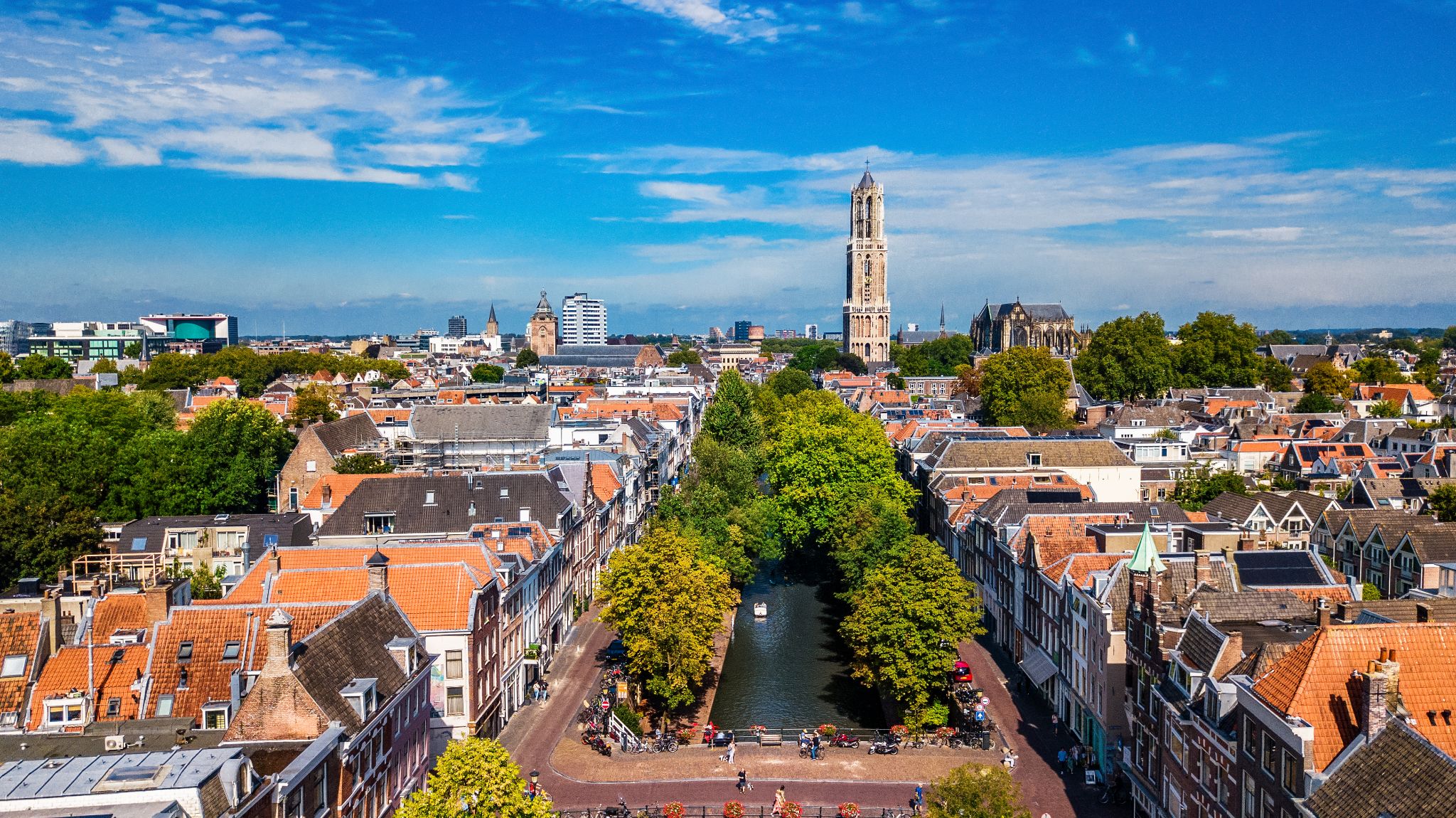
Utrecht is the fourth-largest city and a municipality of the Netherlands, capital and most populous city of the province of Utrecht. It is located in the eastern corner of the Randstadconurbation, and in the very centre of mainland Netherlands, and had a population of 345,080 in 2017.
Utrecht's ancient city centre features many buildings and structures several dating as far back as the High Middle Ages. It has been the religious centre of the Netherlands since the 8th century. It lost the status of prince-bishopric but remains the main religious centre in the country. Utrecht was the most important city in the Netherlands until the Dutch Golden Age, when it was surpassed by Amsterdam as the country's cultural centre and most populous city.
Utrecht is host to Utrecht University, the largest university in the Netherlands, as well as several other institutions of higher education. Due to its central position within the country, it is an important transport hub for both rail and road transport. It has the second highest number of cultural events in the Netherlands, after Amsterdam. In 2012, Lonely Planet included Utrecht in the top 10 of the world’s unsung places.
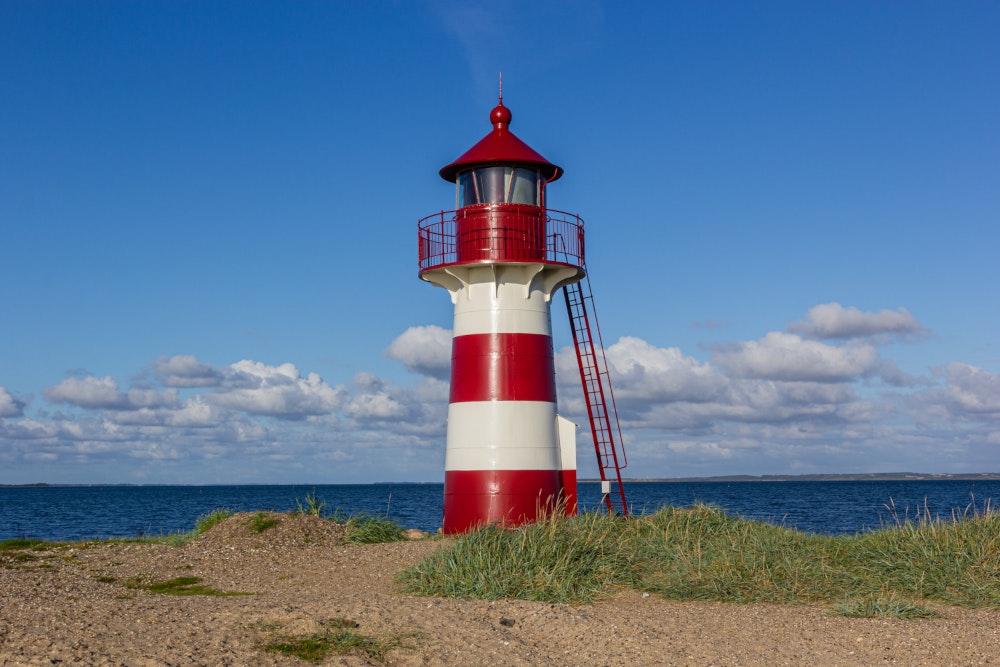
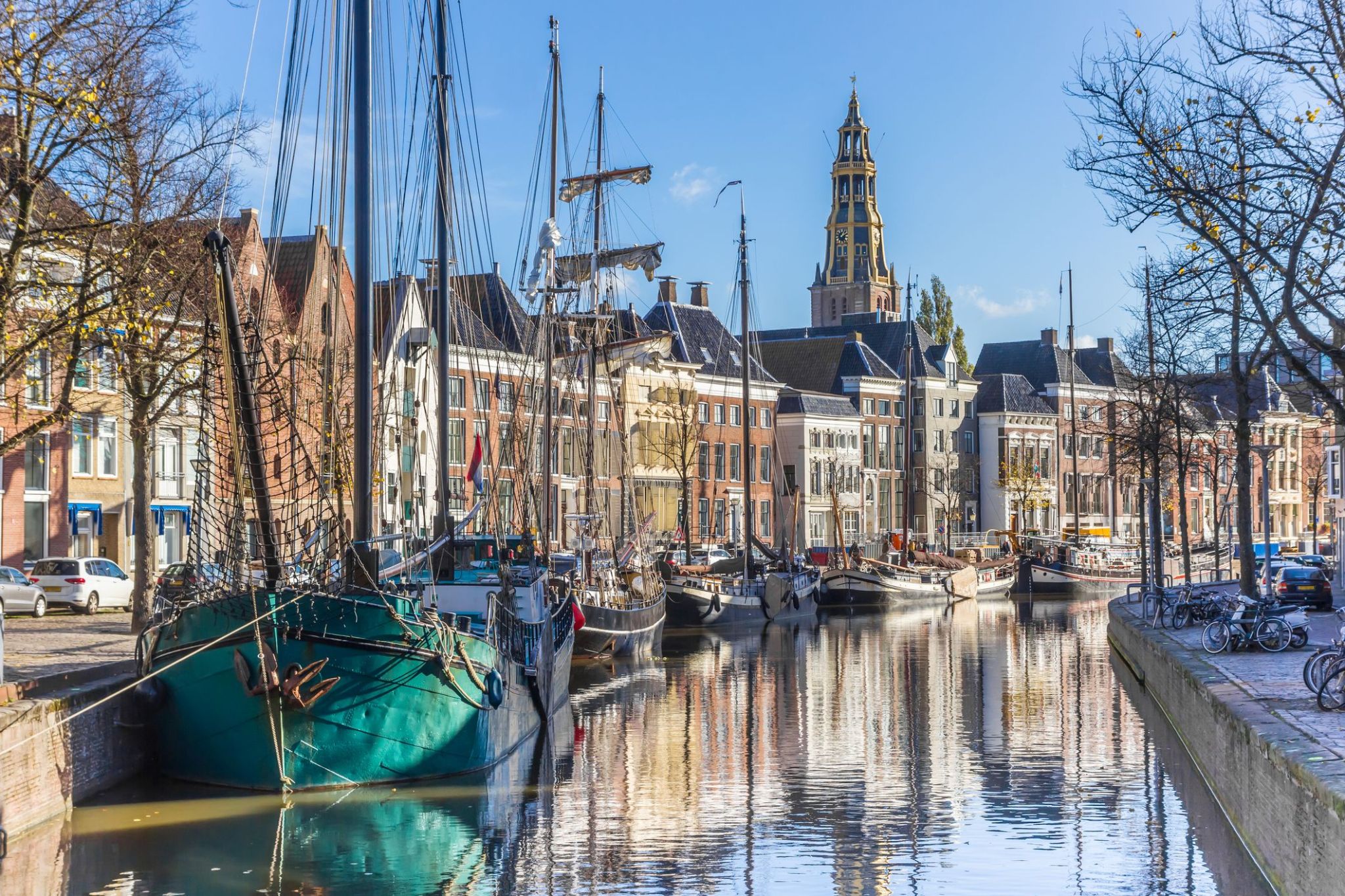
Ancient universities and modern street art, Gothic architecture and innovative technologies — all this harmoniously coexists in the city of Groningen, creating a unique atmosphere. Every corner here breathes youth and freedom: over a third of the population are students, giving the city an energetic and vibrant rhythm. Walking through the historic center, you'll discover the Martinitoren — a 15th-century bell tower offering breathtaking views of rooftops and canals.
But Groningen is not just about history. The city is known for its advanced environmental and urban planning initiatives: it boasts some of the best bike lanes in Europe, as well as many parks and green areas. Art lovers will find inspiration at the Groningen Museum, famous for its bold exhibitions and unique architecture. In the evening, the city comes alive with music — from jazz to electronic beats. Groningen is the perfect place for those seeking both relaxation and inspiration.


Ancient universities and modern street art, Gothic architecture and innovative technologies — all this harmoniously coexists in the city of Groningen, creating a unique atmosphere. Every corner here breathes youth and freedom: over a third of the population are students, giving the city an energetic and vibrant rhythm. Walking through the historic center, you'll discover the Martinitoren — a 15th-century bell tower offering breathtaking views of rooftops and canals.
But Groningen is not just about history. The city is known for its advanced environmental and urban planning initiatives: it boasts some of the best bike lanes in Europe, as well as many parks and green areas. Art lovers will find inspiration at the Groningen Museum, famous for its bold exhibitions and unique architecture. In the evening, the city comes alive with music — from jazz to electronic beats. Groningen is the perfect place for those seeking both relaxation and inspiration.
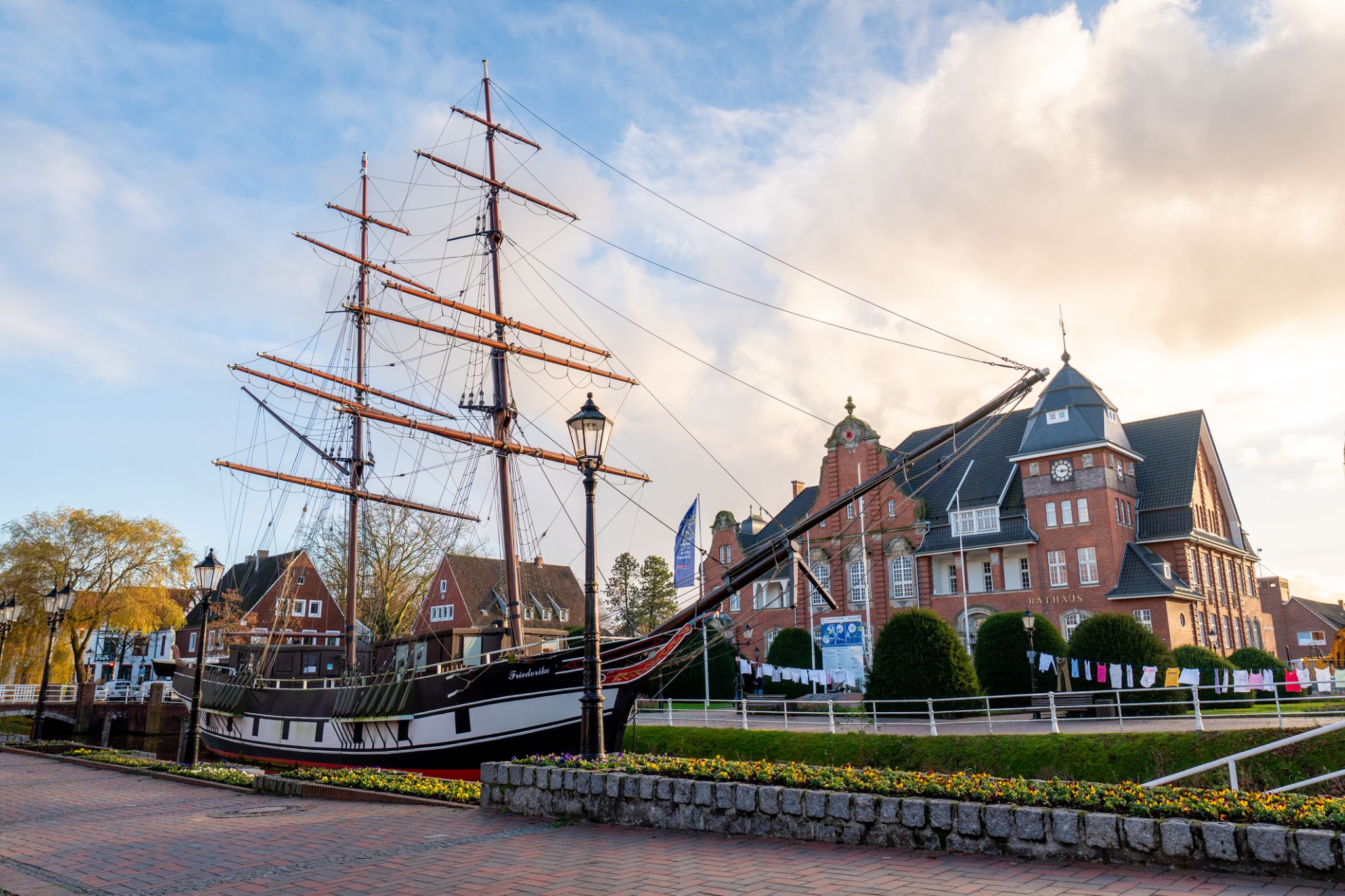



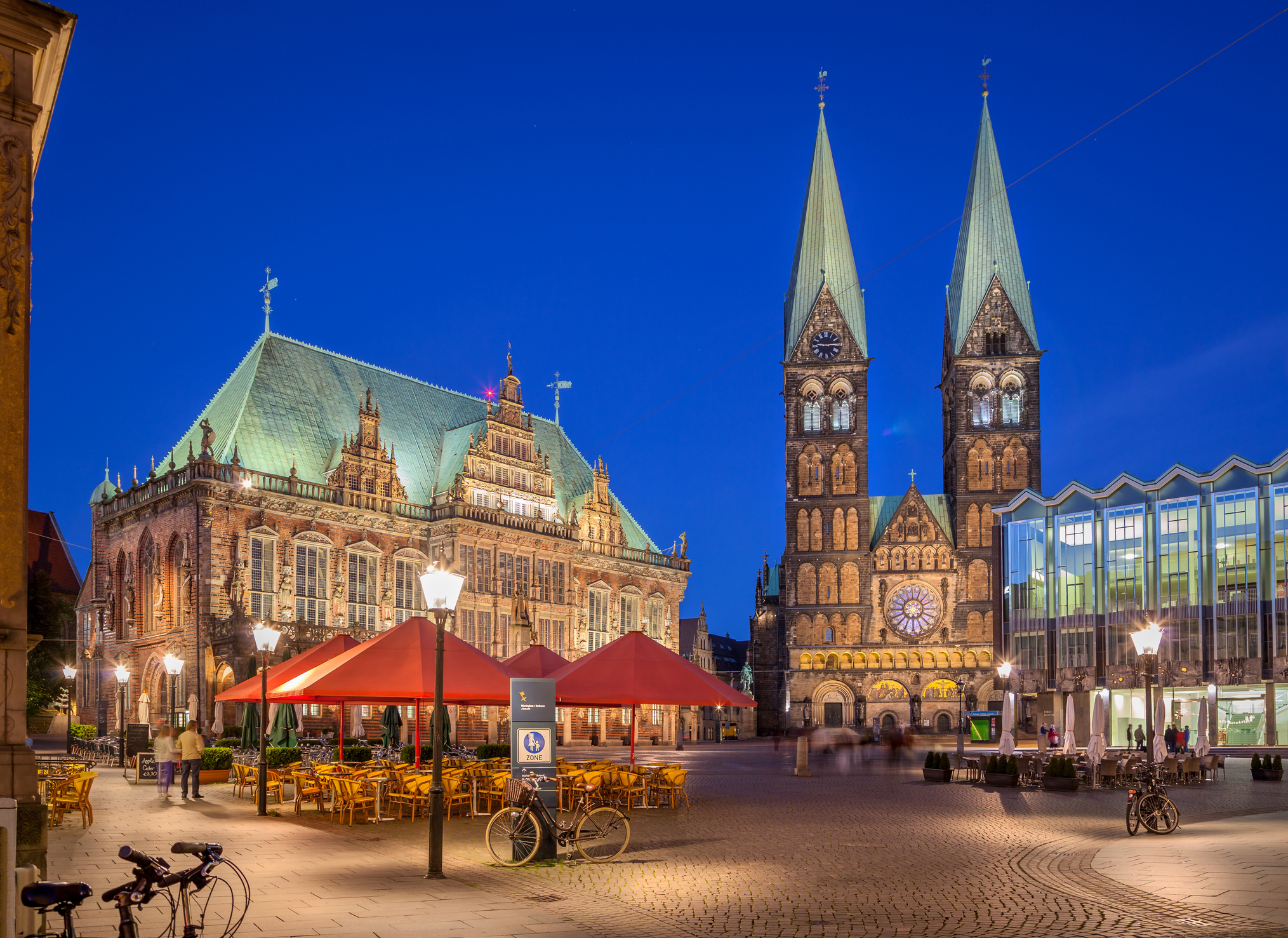
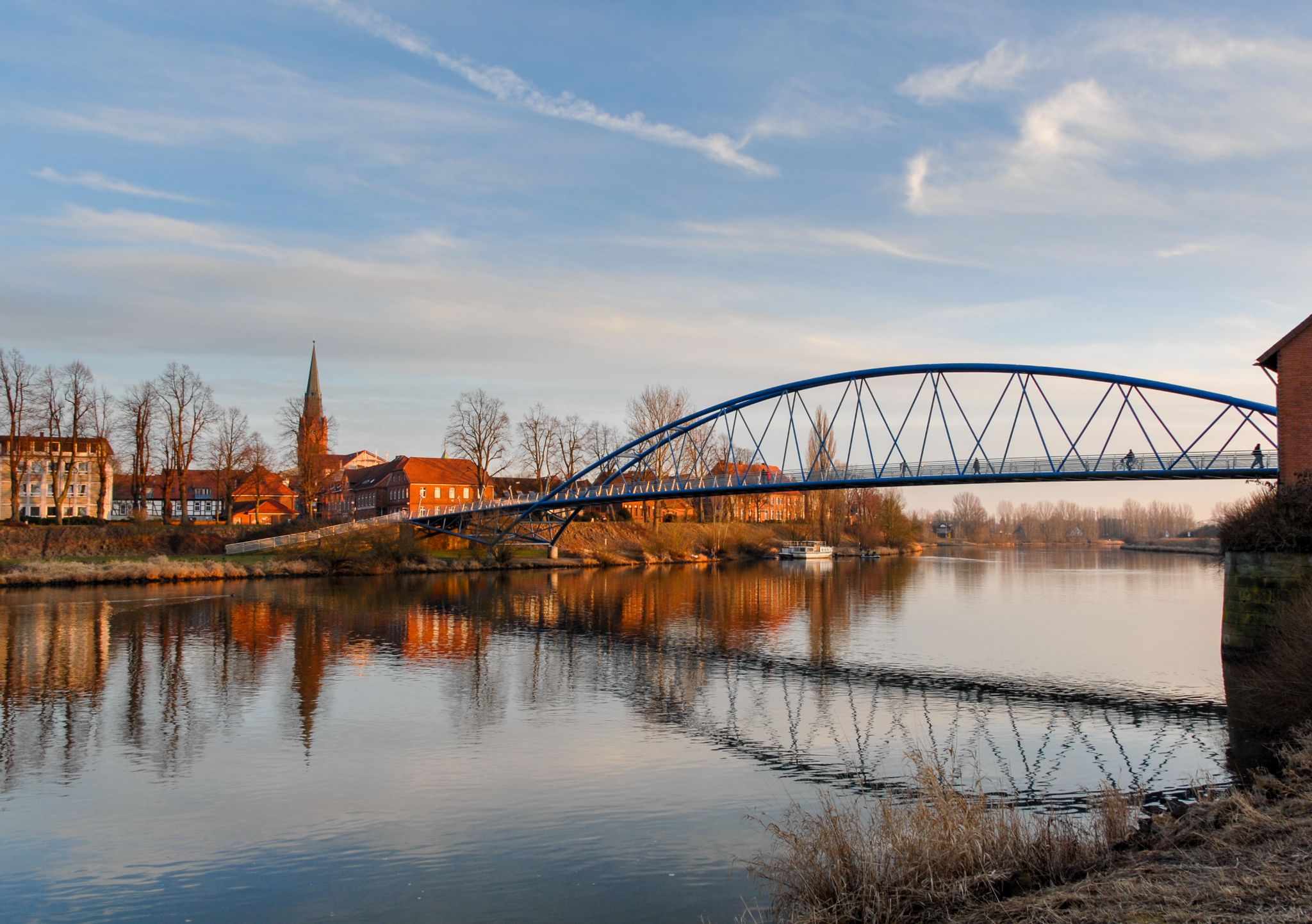

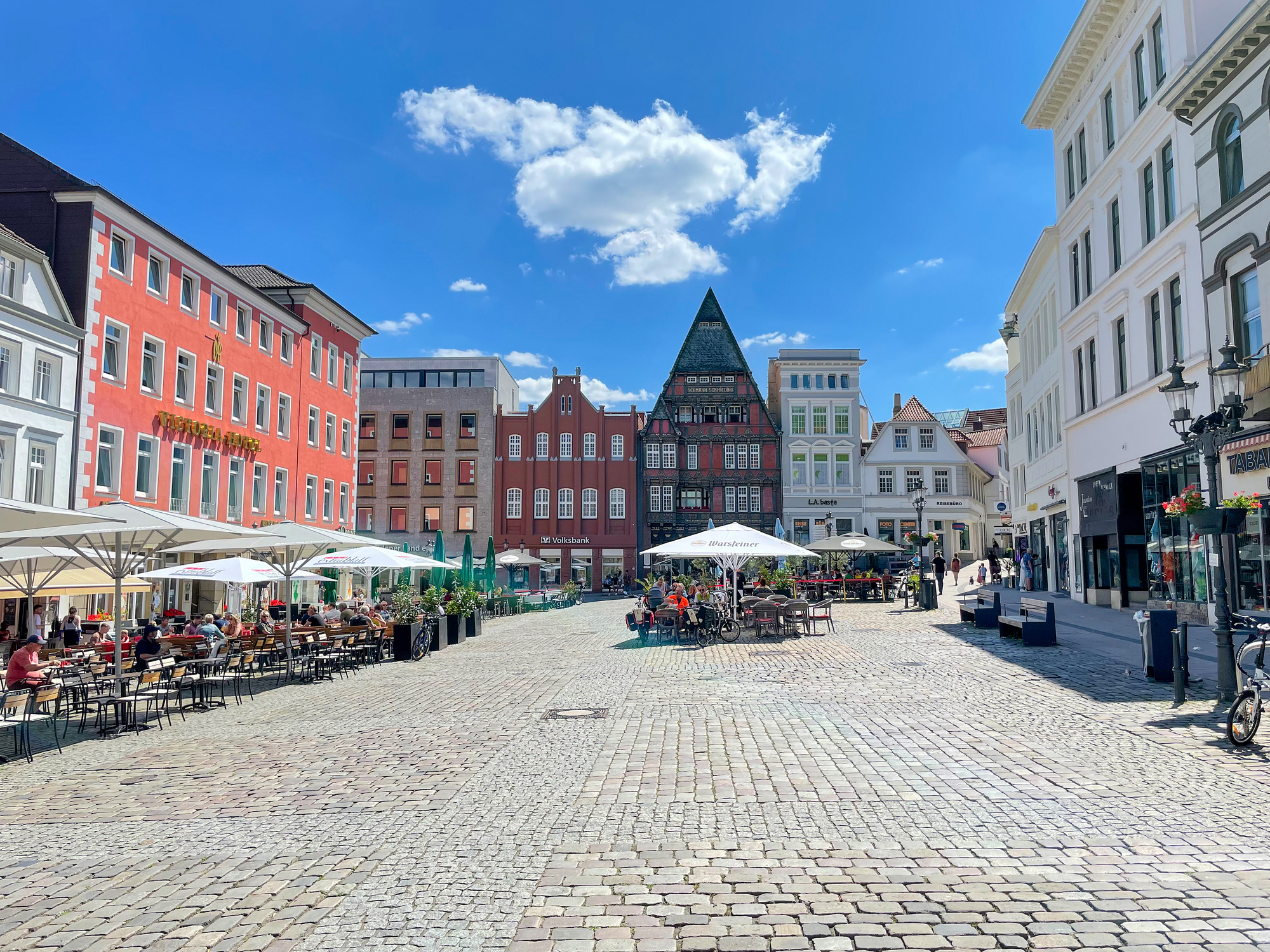




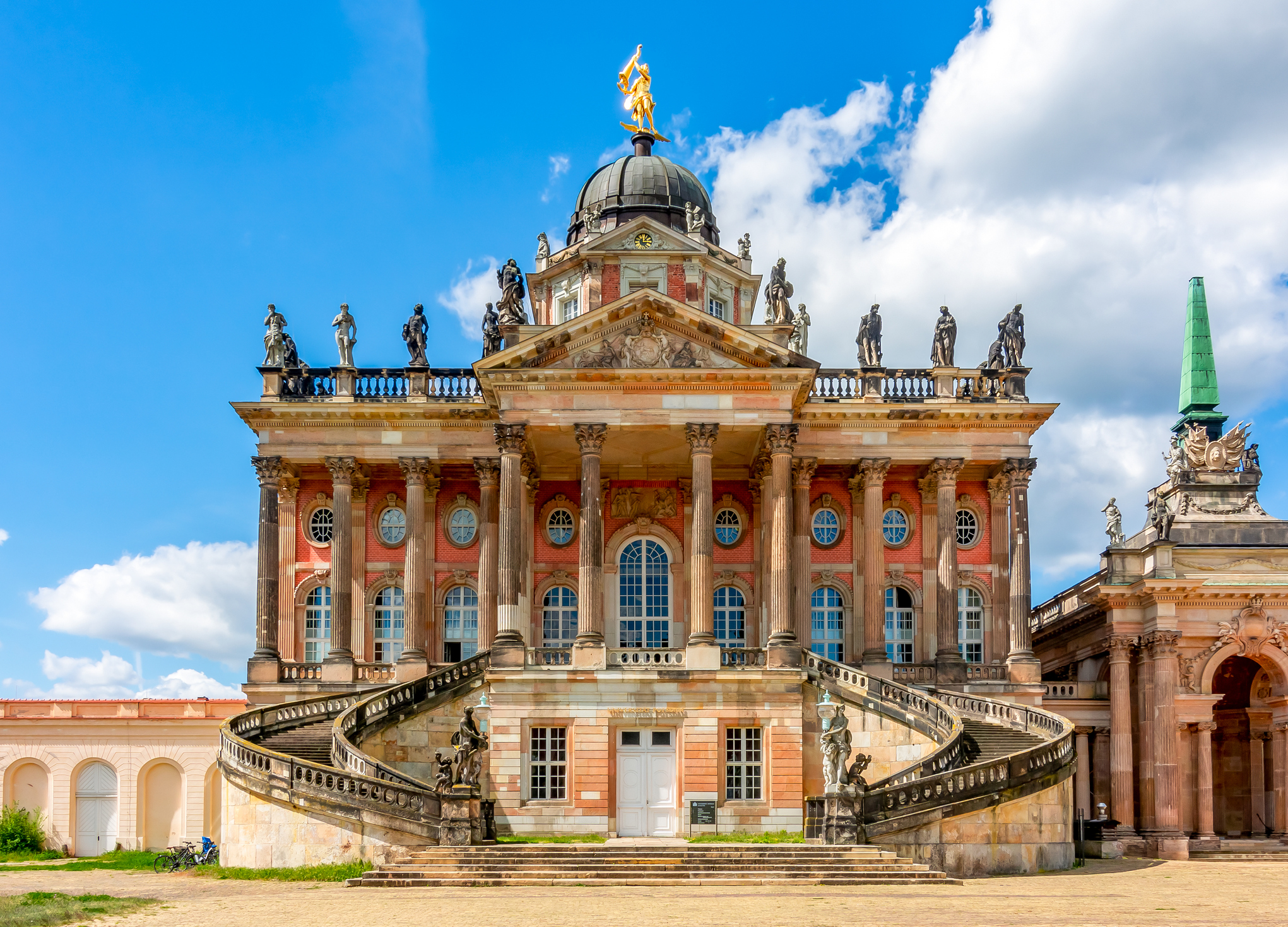

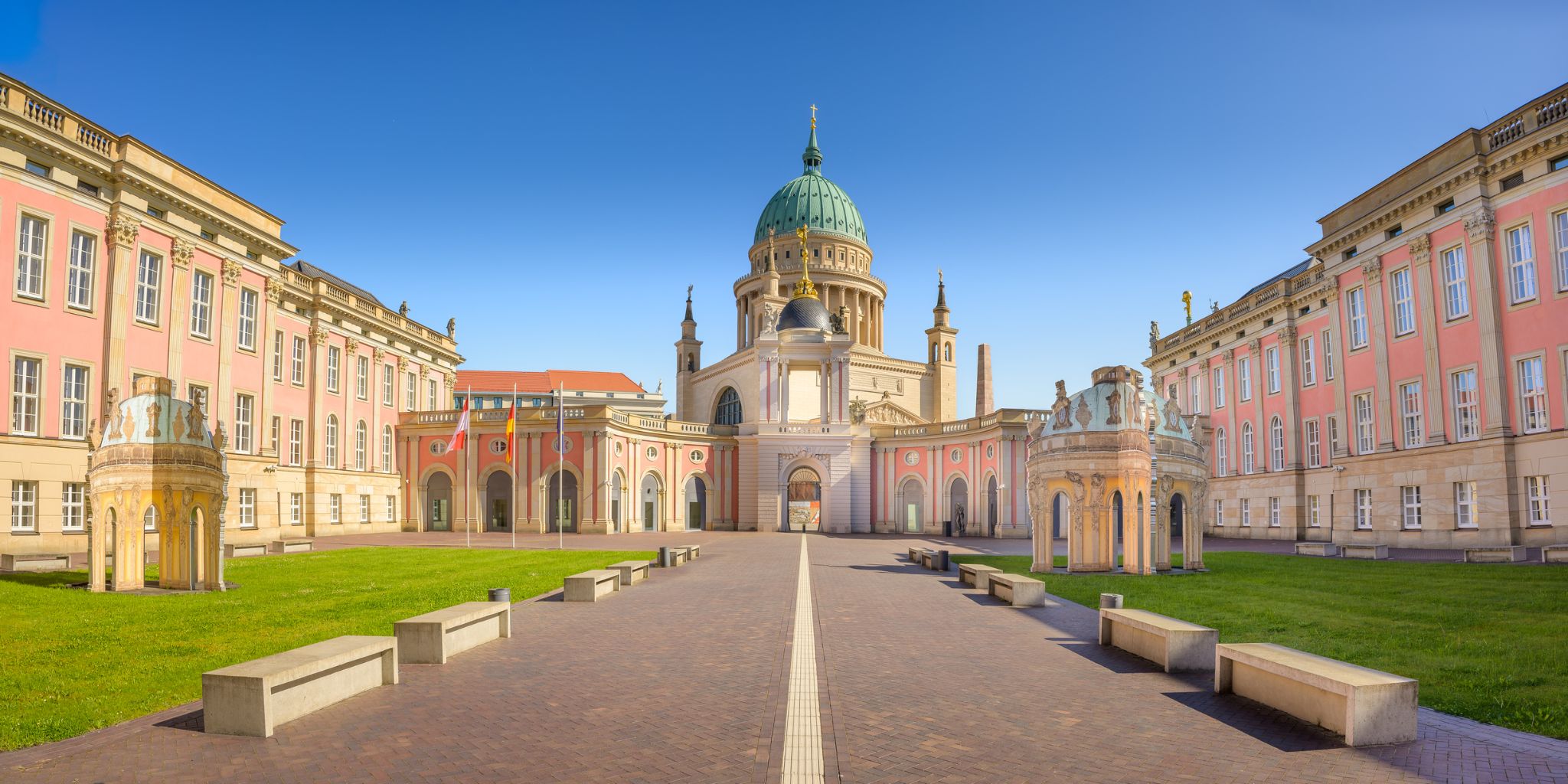
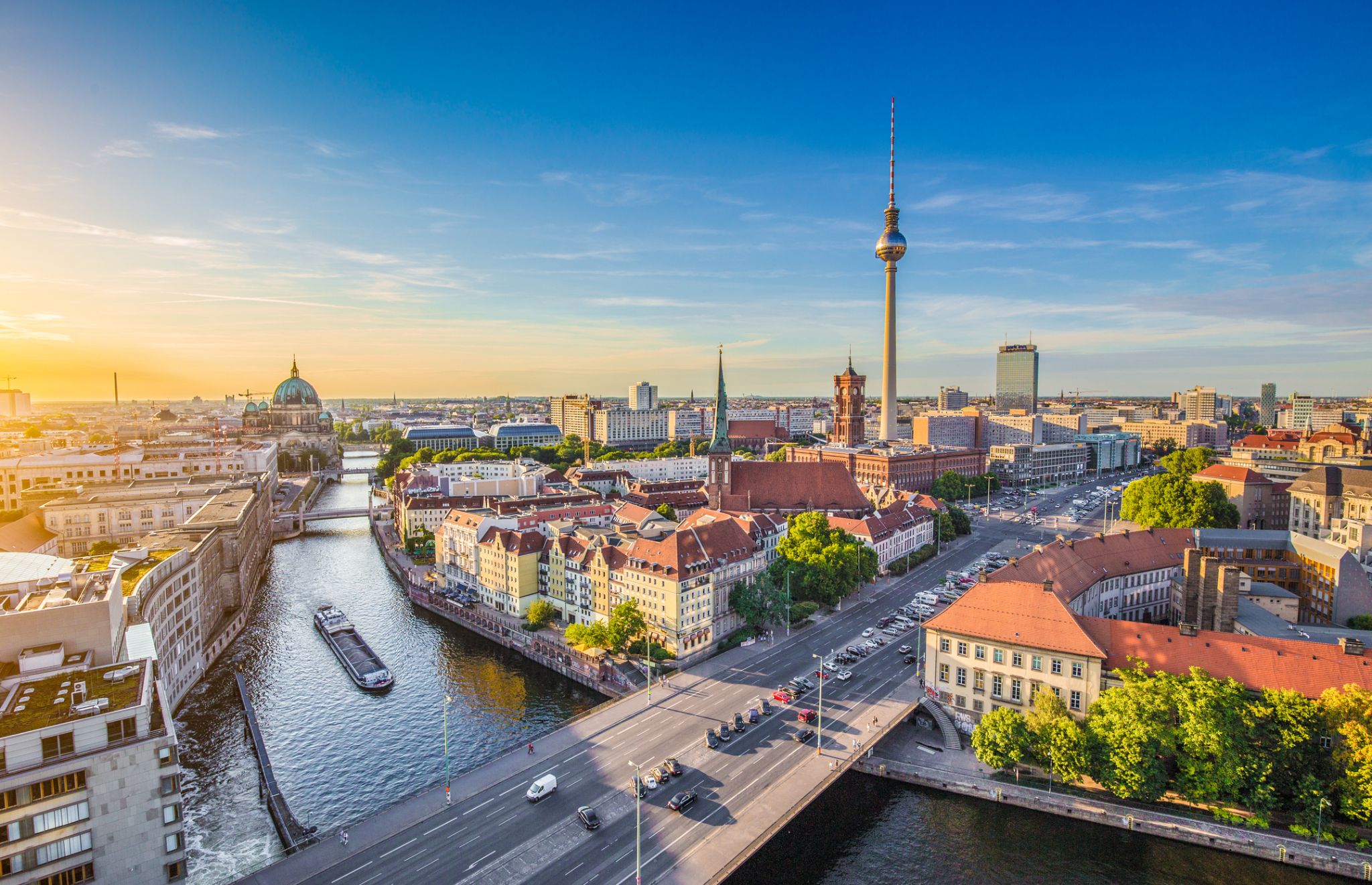
Berlin is the capital and largest city of Germany, by both area and population. With 3.7 million inhabitants, it has the highest population within its city limits of any city in the European Union. The city is also one of the states of Germany, being the third smallest state in the country by area. Berlin is surrounded by the state of Brandenburg, and Brandenburg's capital Potsdam is nearby. The urban area of Berlin has a population of over 4.6 million and is therefore the most populous urban area in Germany.The Berlin-Brandenburg capital region has around 6.2 million inhabitants and is Germany's second-largest metropolitan region after the Rhine-Ruhr;region,as well as the fifth-biggest metropolitan region by GDP in the European Union.


Berlin is the capital and largest city of Germany, by both area and population. With 3.7 million inhabitants, it has the highest population within its city limits of any city in the European Union. The city is also one of the states of Germany, being the third smallest state in the country by area. Berlin is surrounded by the state of Brandenburg, and Brandenburg's capital Potsdam is nearby. The urban area of Berlin has a population of over 4.6 million and is therefore the most populous urban area in Germany.The Berlin-Brandenburg capital region has around 6.2 million inhabitants and is Germany's second-largest metropolitan region after the Rhine-Ruhr;region,as well as the fifth-biggest metropolitan region by GDP in the European Union.